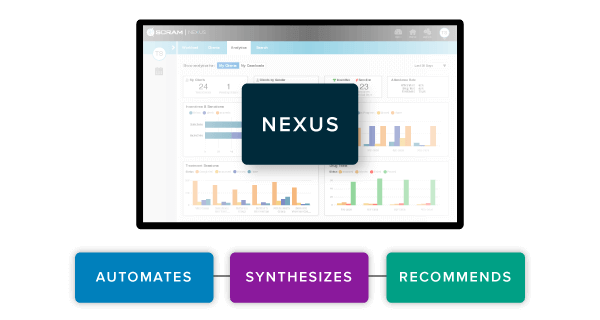Identifying the Challenges for Successful EBP Implementation
As community corrections departments are being challenged to do more with less, it can seem like an insurmountable task to implement evidence-based practices into their daily decision-making processes. Successfully integrating EBP into existing programs is almost impossible without technology, and can quickly drain departmental resources.
Budgetary and Resource Restraints
Because many corrections departments and agencies are juggling shrinking budgets and dwindling resources, there isn’t much left for expensive staff training or lengthy implementation procedures. Decision support technology may be one of the most cost-effective solutions when it comes to true EBP integration.
Increasing Caseloads
With growing caseloads due to jail depopulation, decriminalization, and more, officers also have the challenge of finding the time to properly assess and manage each client uniquely and individually. In fact, workload studies find that line officers spend between one-third and one-half of their time on administrative duties, leaving less time for them to spend on training, education, and supervising clients. Without the help of technology to streamline caseload management and reduce clerical work, corrections officers may struggle with properly integrating EBP into their workload.
EBP Education
Many community corrections departments, local courts, and agencies may lack the capacity and knowledge of EBP to correctly and successfully apply these principles to their existing programs. Successful implementation often requires staff training to ensure that they are following the EBP principles and making informed and unbiased decisions. Without proper training or decision-support technology, officers and staff can easily misinterpret EBP concepts and may act in ways that misalign with departmental policies.
Adjusting Business Practices
A shortage of resources is not the only barrier to successful EBP implementation, but the challenge of changing the way decision making, processes, program criteria, and more, are done on a day-to-day basis. Corrections officers and staff may need to fundamentally shift their way of thinking and conducting business to fall in line with the EBP model. Emerging decision support technology can help officers consistently and efficiently incorporate EBP concepts into their daily tasks and better measure program success and client outcomes.
However, these barriers and challenges do not necessarily reflect corrections program philosophies or intent. Studies indicate that probation and parole officers are increasingly open to learning about and adopting evidence-based practices. But to truly close this gap, the only way for corrections departments to successfully implement EBP is with the use of some form of technology.
Next: Closing the EBP Gap
Explore More About EBP for Community Corrections
Evidence-Based Practices for Community Corrections


